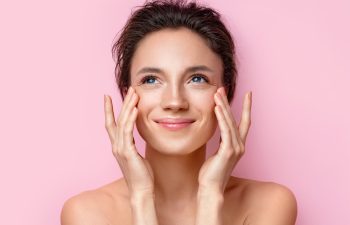
Neurotox® is a popular procedure for treating facial creases and wrinkles. Doctors use the injectable botulinum toxin to reduce the appearance of facial wrinkles, but it can also treat other conditions. Neurotox® can help treat hyperhidrosis or severe sweating, cervical dystonia or muscle spasms, and uncontrolled blinking (blepharospasm). It can also help with chronic migraines, strabismus, and overactive bladder.
Types of Wrinkles
Before getting Neurotox® treatment, you should understand the different types of facial wrinkles. Wrinkles can either be static or dynamic. Static wrinkles occur due to the loss of collagen and elasticity. They can also be caused by sun damage and smoking.
The skin becomes thin and dry, and volume loss causes the silhouette to change. Dynamic wrinkles occur due to muscle movement, such as when laughing, smiling, or squinting. The wrinkles usually appear around the eyes and on the forehead.
How Neurotox® Works
Neurotox® works by temporarily blocking the signals from the nerves to the muscles. These are the facial muscles that tell the muscles to contract. When injected with Neurotox®, the muscles cannot contract, causing the wrinkles to soften and flatten. The injections are often used on crow’s feet, forehead, and frown lines.
The wrinkles affected are those that appear when muscles contract (dynamic wrinkles). The treatment is ineffective for deep wrinkles or creases caused by gravity, smoking, or sun damage (static wrinkles).
Neurotox® Procedure
Neurotox® treatments are completed in a few minutes. There is minimal discomfort, and there is no need for anesthesia. Using a tiny injection, the specialist injects the solution into specific muscles.
It usually takes one to two weeks for the treatment to fully take effect. During this period, it is essential to avoid alcohol and anti-inflammatory medications that can cause bruising. Avoid rubbing the treatment site because this can cause the Neurotox® to spread to other areas.
How Long Do Neurotox® Injections Last?
Neurotox® is irreversible after being injected, but it does wear off. The effect of Neurotox® injections begins within 48 hours and usually lasts three to six months. With time, muscle action gradually returns, and lines and wrinkles reappear.
Additional treatment is required to maintain the wrinkle-free effect. Over time and with regular use, the lines and wrinkles appear less pronounced as the muscles shrink.
Side Effects Associated With Neurotox®
Some people experience temporary side effects after Neurotox® treatment. They include:
- Headaches that usually end within 24 to 48 hours.
- Mild pain or swelling on the injection site.
- Bruising, which is a common but temporary side effect.
- Droopy eyelid that occurs when the Neurotox® moves due to rubbing the treatment area.
- Drooling or crooked smile.
- Severe tearing or eye dryness.
- Upset stomach.
- Flu-like symptoms.
- Numbness or muscle weakness.
Wrinkles vary, and not all can be treated effectively with Neurotox®. The injections can help reduce the appearance of static wrinkles, but doctors usually recommend fillers for deep creases.
Neurotox® injections must be placed with precision to get optimal results and avoid side effects. Most people who get Neurotox® injections are happy with the results. When used for cosmetic reasons, the procedure is not covered by insurance.
For more on how Neurotox® smooths wrinkles, visit Beverly Hills Aesthetics at our Los Angeles, California office. Call 424-284-8933 to schedule an appointment today.
Posted on behalf of
640 South San Vicente Blvd Suite# 410
Los Angeles, CA 90048